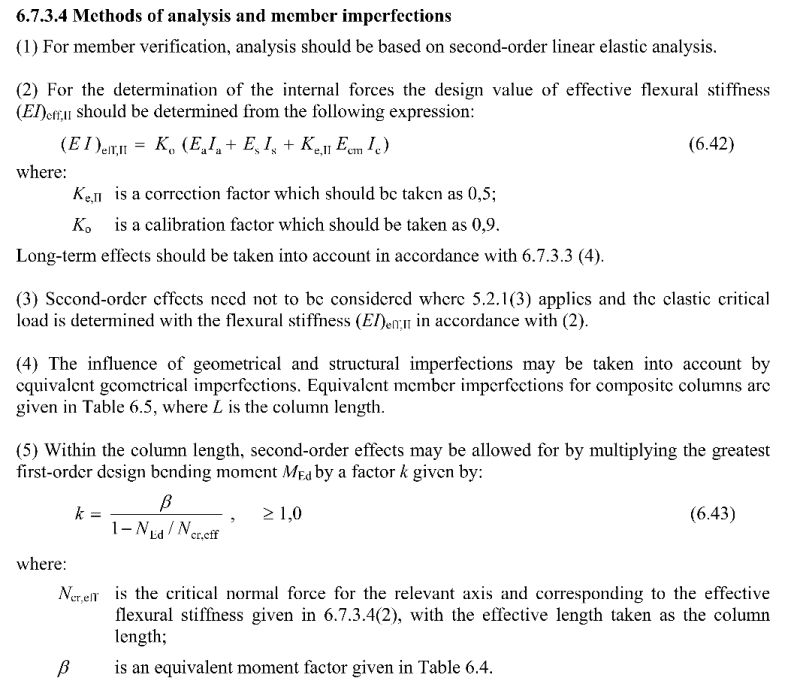For a code based approach that correctly accounts for other effects like the influence of creep and cracking in the concrete fill, you should take a look at something like Eurocode 4. While some of the other methods mentioned above will give you a fully composite effective stiffness, they do not allow for expected concrete cracking or long term effects. Looking at just the bare steel behaviour is conservative, however creep and the concrete cracking would perhaps tend to increase the reduced real deflection you would see from the composite behaviour over time, in a similar manner to reinforced concrete design. So you just need to be aware of this for example if you have something being supported that might be sensitive to further deflections occurring over time.
EC4 has requirements for concrete filled composite members as concrete filled columns are fairly common and their behaviour is well understood. You would just be using it as a beam, i.e. no axial load and only bending. Alternatively the beam provisions can be used, whether the concrete is inside or beside a section has little bearing (though for axial load there is a confining effect in hollow sections which can improve the axial load capacity when the columns are not subject to buckling effects).
EC4 has the following relationship for determining the effective stiffness of composite columns, it stands to reason that a similar stiffness could be used for beam design for hollow filled sections, as noted there are 3 components, the steel section, any reinforcement and also the concrete which is reduced due to cracking effects. Effective stiffness is a linear sum of these components:-
You will note that there is no modular ratio being used, its because usually while the two materials work together, they are never perfectly composite, theres more complex relationship like slip/friction going on between the steel and concrete. This realtionship has I believe been derived based on calibration to real column behaviour from hundreds of historic tests on concrete filled hollow sections over time.
Note I believe EC4 was recently updated, so these relationships might have been tweaked. But it gives you an insight into the effects that need consideration at least.

